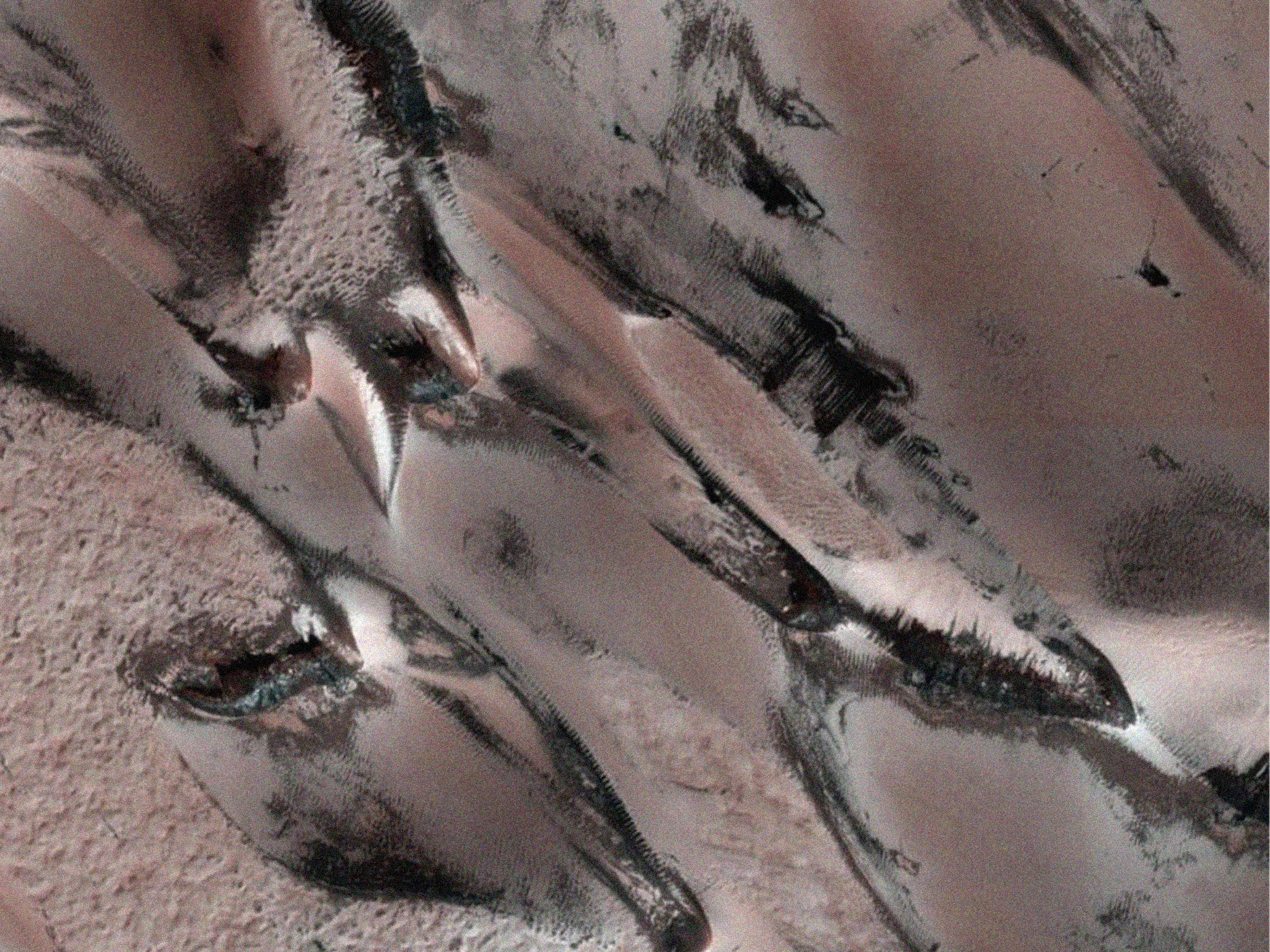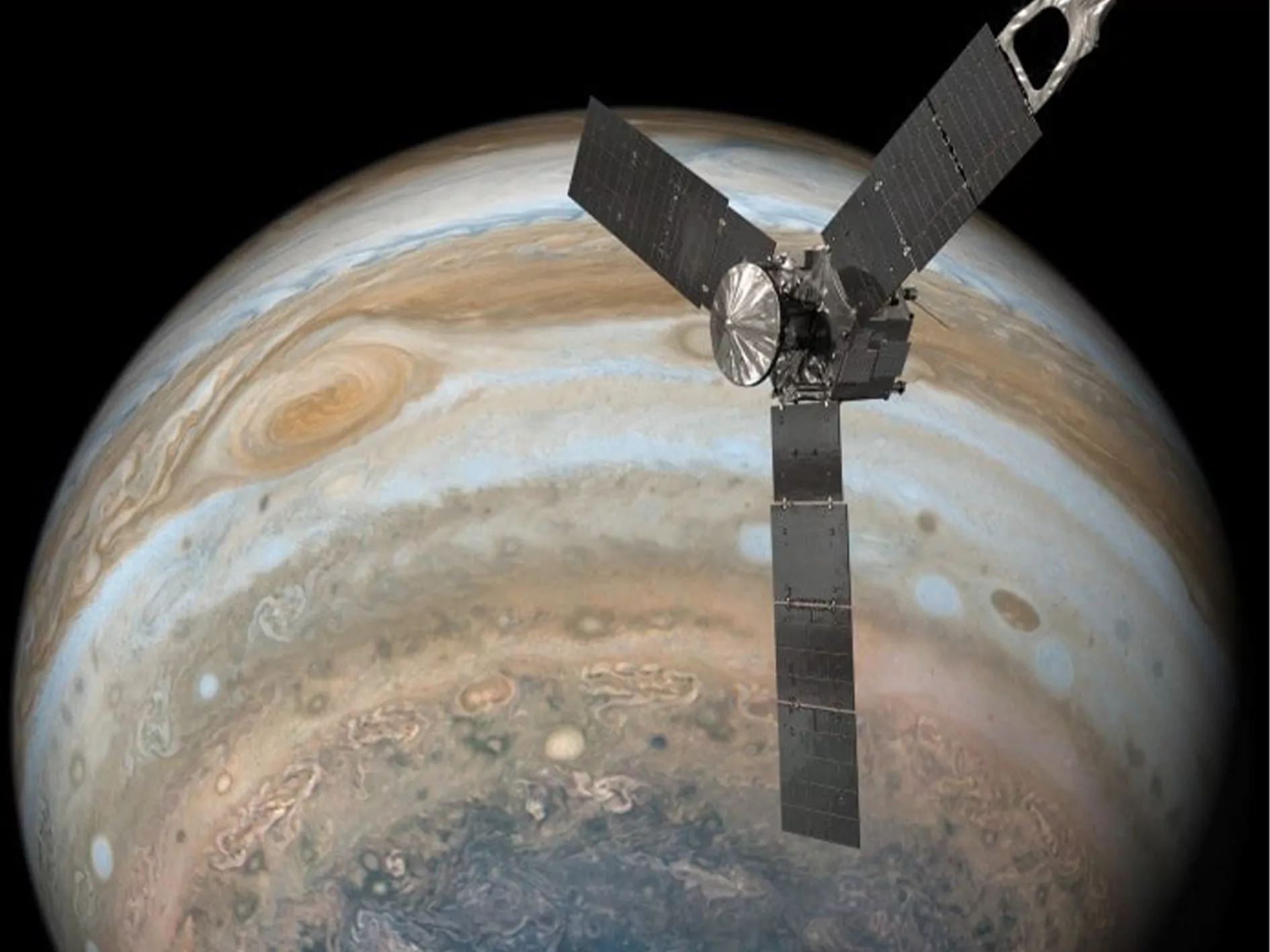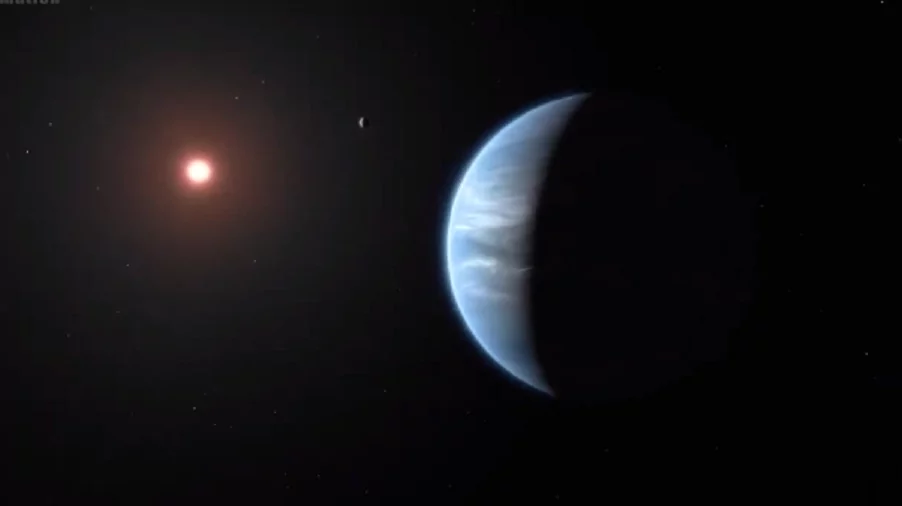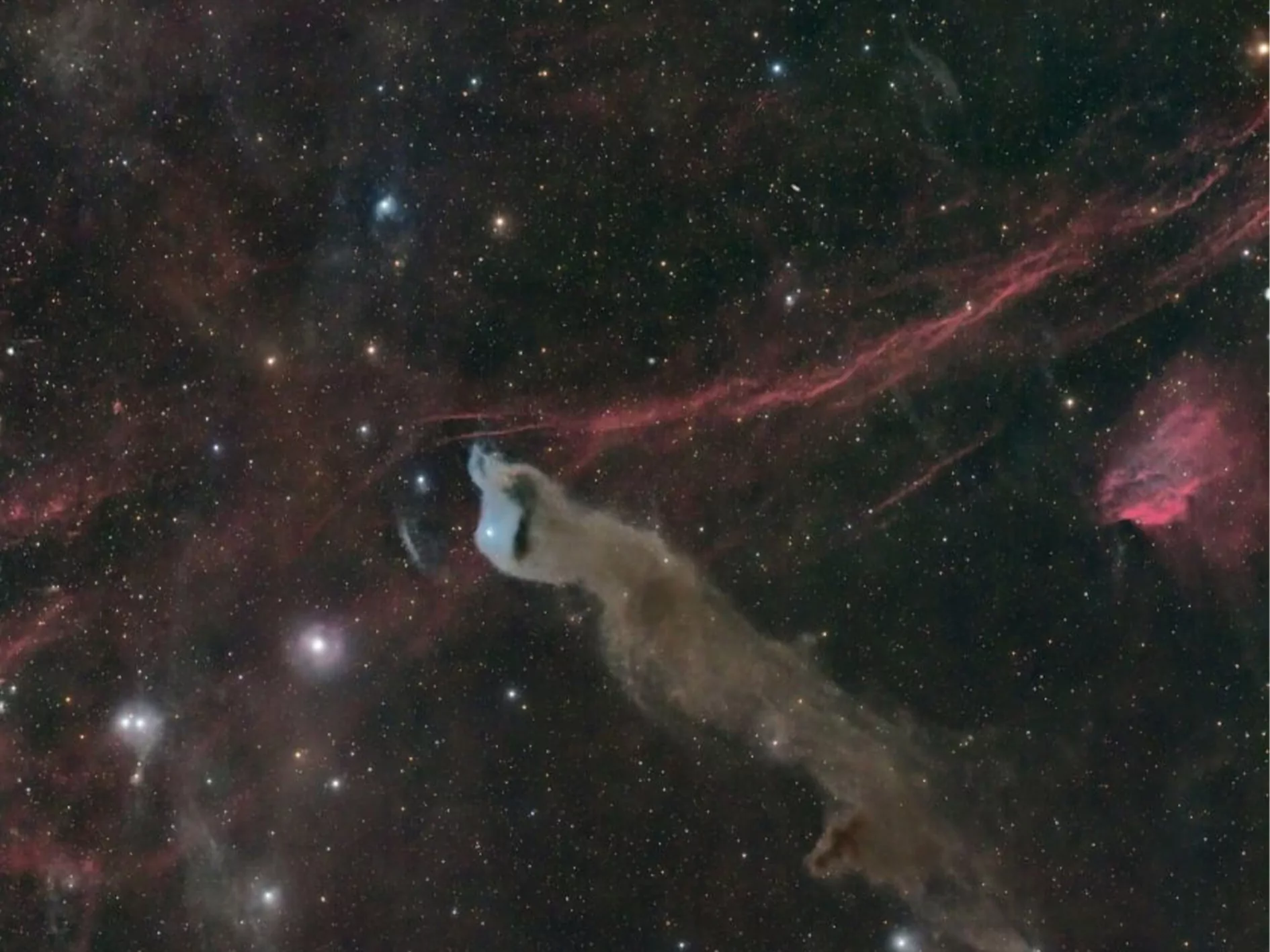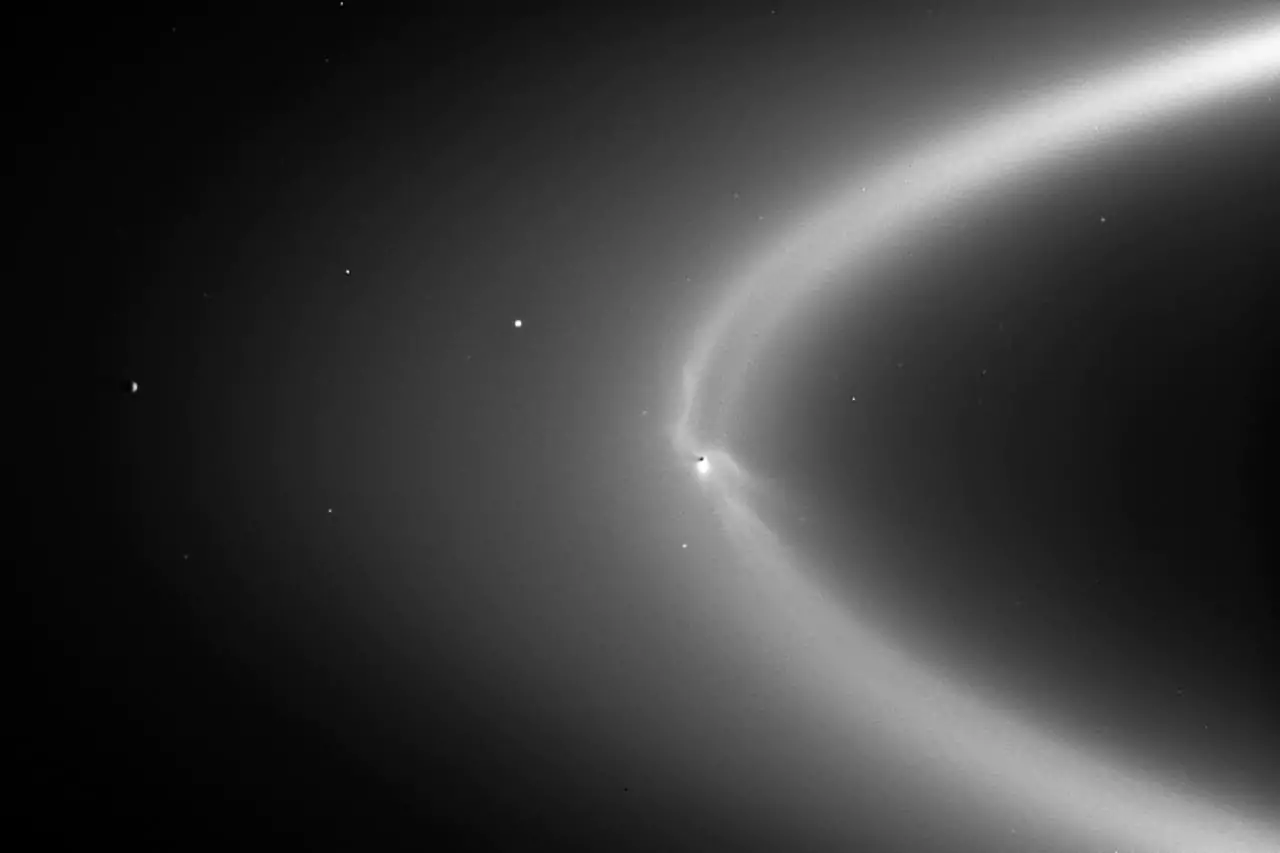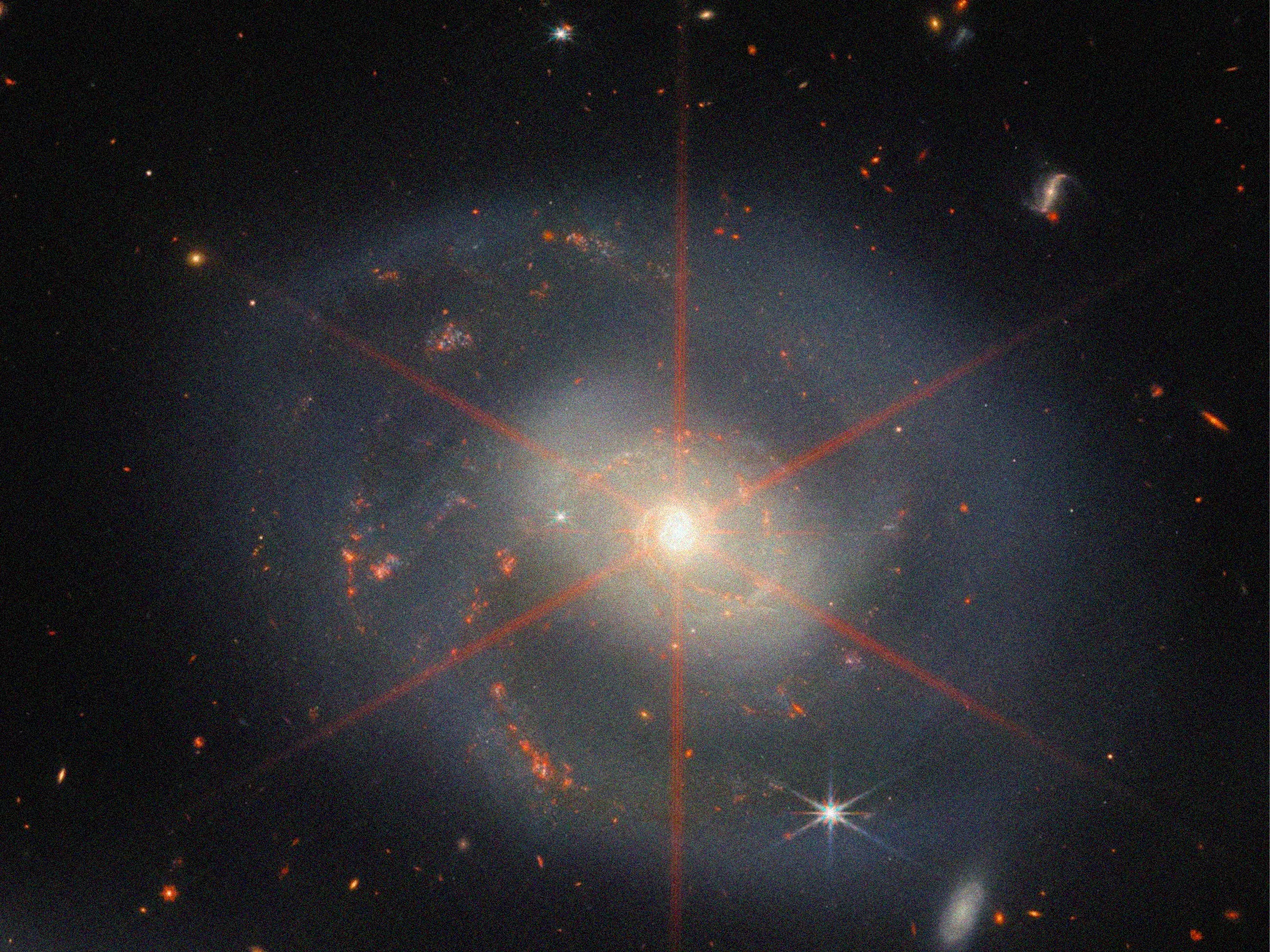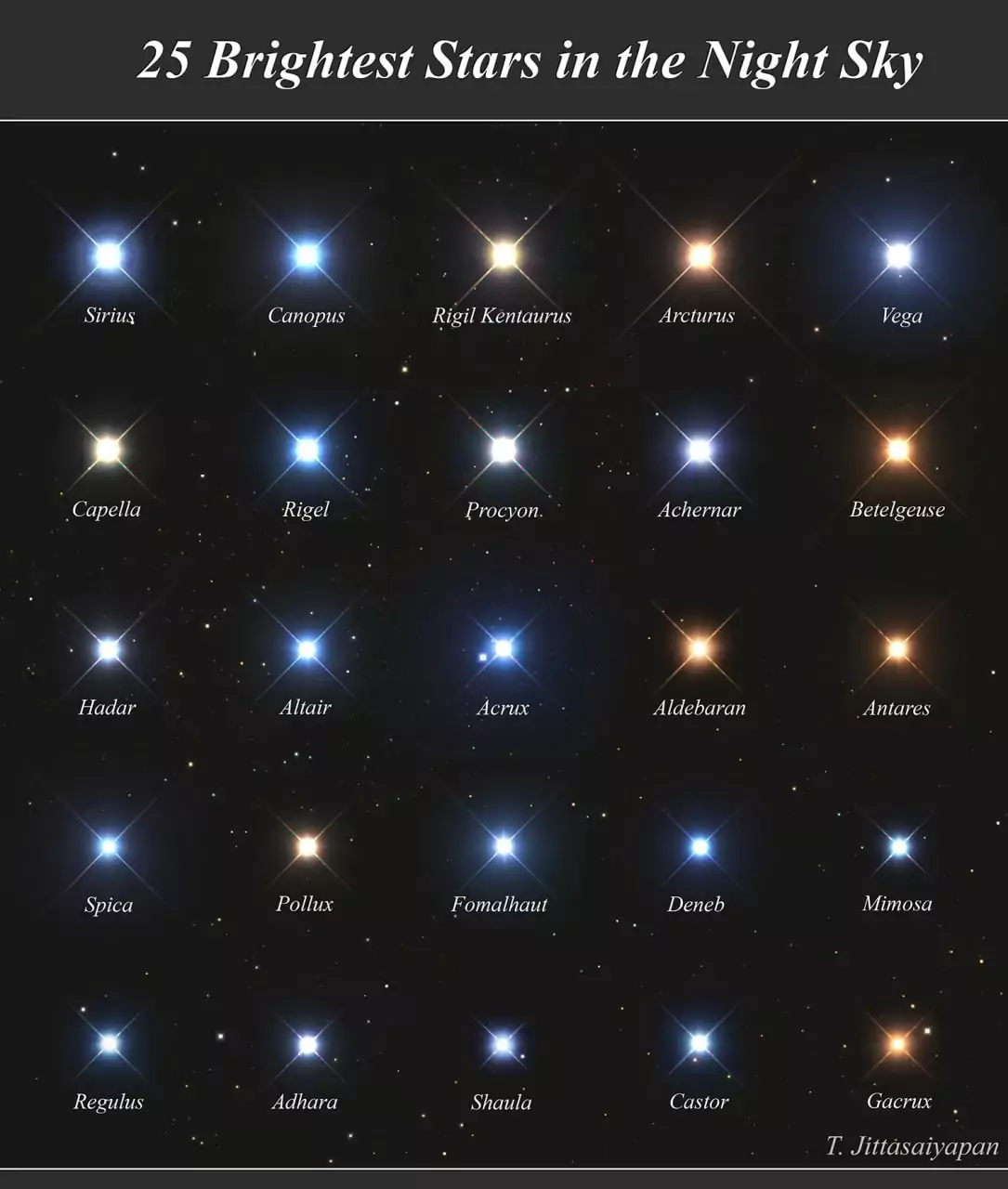-
Is it snowing on Mars?

Some photos of winter Mars from the MRO mission. The frost that can be seen on sand dunes and craters mainly consists of dry ice. As for the characteristic dark spots, these are traces of spring «eruptions». With an increase in temperature, dry ice sublimates, and jets of carbon dioxide escaping from under the surface…
-
The Juno device experienced a malfunction in the onboard computer’s memory

On December 14, Juno passed the periovium of its orbit for the 47th time. After completing the flyby, Juno started transmitting the collected data to Earth and encountered a glitch. The problem was the inability to access the onboard memory. According to the researchers, it was caused by the impact of the most powerful radiation…
-
Early Mars could have been a blue planet covered in water

According to a new study, Mars’ early atmosphere was denser and richer in hydrogen than its current rarefied gas envelope saturated with carbon dioxide. The models showed that the main gases coming out of the early magma ocean were a mixture of molecular hydrogen and water vapor. Hydrogen is the lightest element in the universe,…
-
Hubble helped identify exoplanets that are water worlds

A group of researchers has found evidence that two previously discovered exoplanets orbiting a red dwarf are most likely water worlds where water occupies most of the planet’s volume. These worlds are located in the Kepler-138 system at a distance of 218 light-years from us in the constellation Lyra and are not similar to any…
-
The Wolf Cave Dust Complex

Reflective nebula VdB 152 at the tip of the dark nebula Barnard 175 in the frame of Francis Moreau These cosmic ghosts are located at a distance of 1400 light-years from us in the constellation Cepheus.
-
Northrop Grumman has developed a technology for transferring solar energy from orbit to Earth

The company announced the completion of ground tests of critical technologies needed to conduct a demonstration experiment on the transfer of solar energy from orbit to Earth in 2025. The key element tested is the transmission of converted solar energy in the radio band by a directed beam to special receiving antennas. It is planned…
-
Cosmic dust

It sounds magical, but most likely you inhale it every day on the way to work, during a trip to the store or corny, opening a window. Continuously, dust from meteorites, comets and other small bodies of the Solar System falls to Earth in the form of tiny particles that increase the level of sodium…
-
Scientists have proposed a plan for a «safe» search for life on Enceladus

An international group of American and French astronomers believes that the landing of the probe is not necessary: it is enough to fly over the surface of the satellite several times and analyze the composition of the gases emitted by it. This will allow us to determine with confidence the presence of life on Enceladus…
-
ESA has published a new image of the galaxy NGC 7469 from James Webb

The diameter of the object is 90,000 light—years, the distance from Earth is 220 million light-years. Using various instruments of the telescope, scientists have discovered very young areas of star formation, as well as direct evidence of the destruction of small dust clusters within a radius of several hundred light-years from the core, which in…
-
Do you know the names of some of the brightest stars?

Many world cultures have their own names of the brightest stars, and it is important for the history of culture to remember them. However, in order to avoid ambiguity in the exchange of information on a worldwide scale, the International Astronomical Union assigns standardized names to stars. The picture shows in true colors the 25…
